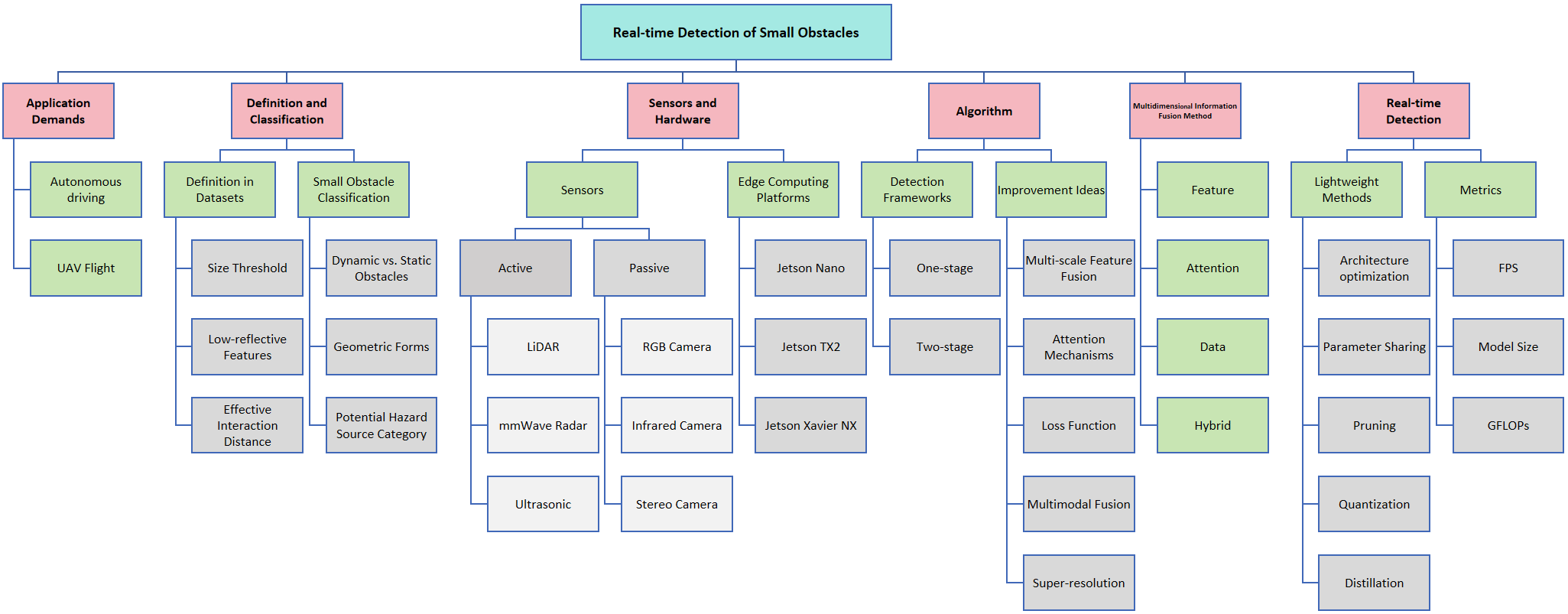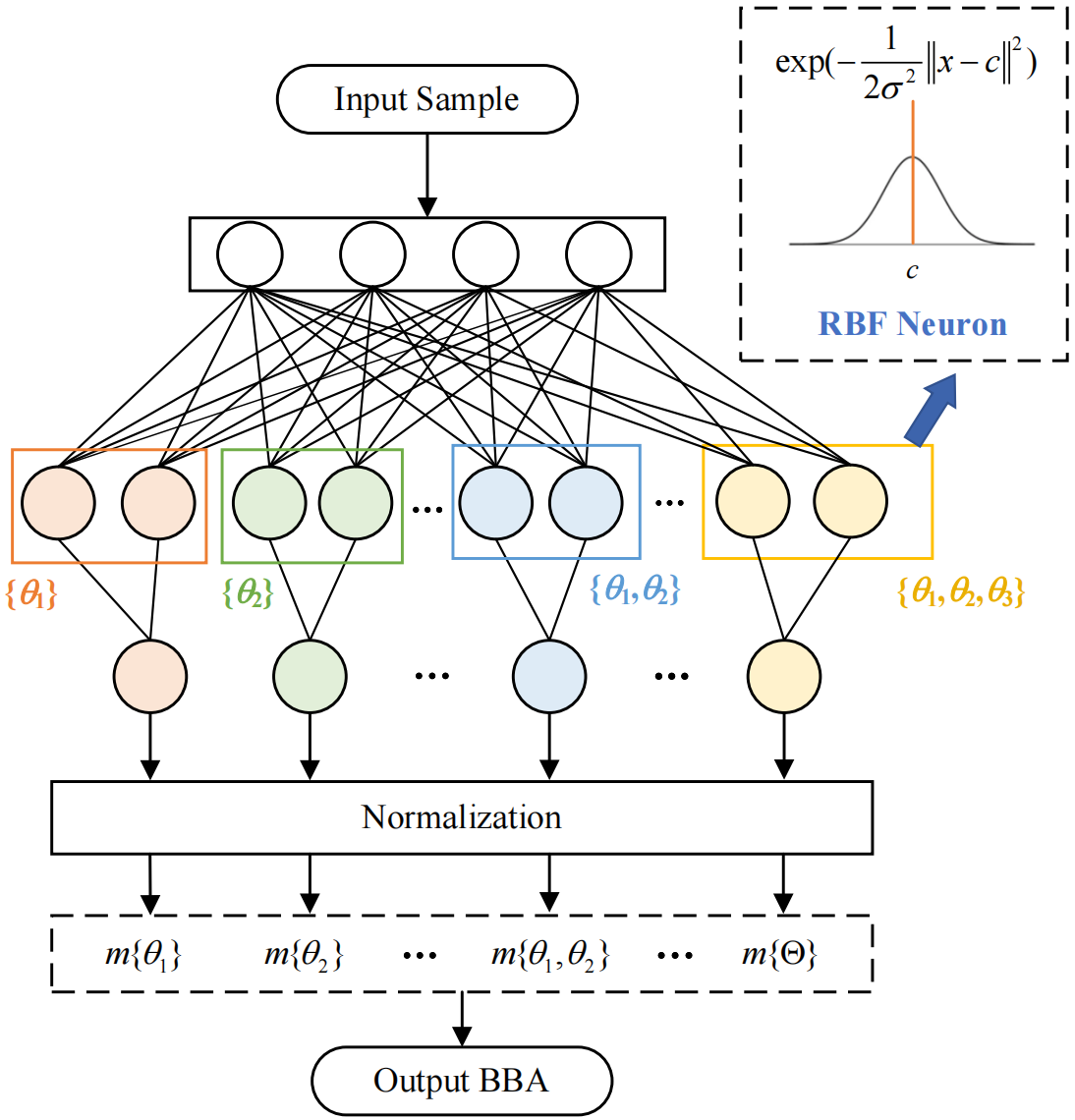Chinese Journal of Information Fusion | Volume 2, Issue 4: 313-339, 2025 | DOI: 10.62762/CJIF.2025.500710
Abstract
Real-time detection of small obstacles is a critical challenge for autonomous systems such as self-driving vehicles, unmanned aerial vehicles (UAVs), and mobile robots. These small obstacles (e.g., road debris, fallen branches, cables) pose significant safety risks due to their low visibility and irregular appearances. This paper presents a comprehensive systematic review of 117 technical articles published between 2016 and 2025, focusing on the techniques and deployment strategies for real-time small obstacle detection using fused multidimensional information. We summarize and analyze developments in small obstacle definitions, sensing hardware, detection algorithms, fusion methods, and rea... More >
Graphical Abstract






